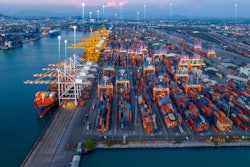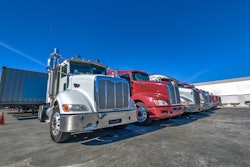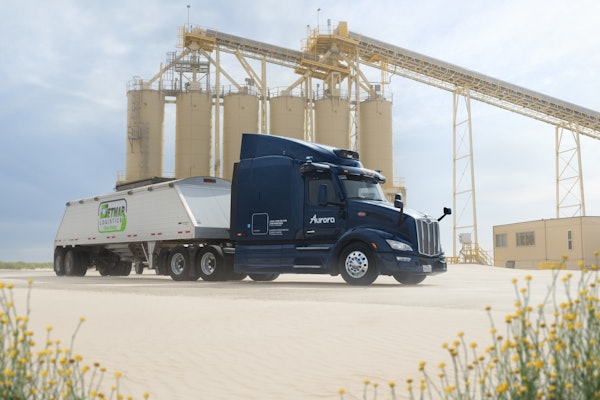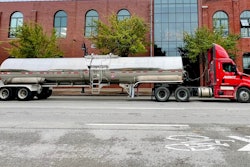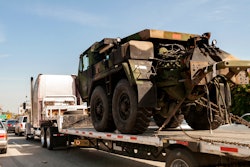Class 8 truck and tractors orders fell in June, according to analysts.
FTR Transportation Intelligence marked declines of 25% month-over-month and 36% year-over-year, with 8,900 units booked last month.
While June typically sees a modest month-over-month uptick, FTR noted that ongoing tariff volatility with economic and freight market uncertainty prompted fleets to hold off on new orders.
FTR reported that June’s net orders total fell well below the 10-year average of 19,213 units for June and were the lowest June performance since 2009.
Both the on-highway and vocational sectors saw reduced demand, with the on-highway segment driving most of the decline, FTR said. For the 2025 order season so far (September 2024 through June 2025), net orders are down 15%, totaling 255,265 units over the past 12 months.
FTR noted that Class 8 net orders to date have dropped 32% year-over-year. Recent tariff hikes – particularly the increase from 25% to 50% on steel, aluminum, and fabricated components as of June 4 – significantly raised manufacturing costs just as demand has deteriorated.
The U.S. announced a trade deal with Vietnam on Wednesday, involving 20% on goods from Vietnam and 40% on goods shipped through Vietnam. However, many imports from China and Mexico still face tariffs of 10% or higher, pending further negotiations.
“Market uncertainty is further heightened by the potential implementation of Section 232 tariffs on Class 8 trucks and their components along with anticipated revisions to EPA 2027 NOx emissions standards,” said Dan Moyer, senior analyst, commercial vehicles, at FTR.
As a result, Moyer said this has prompted fleets to delay equipment purchases. At the same time, he noted historically high inventory levels are further pressuring both demand and production.
ACT Research indicated that broader commercial vehicle demand also declined, with preliminary net orders for classes 5-8 in June totaling 21,300 units, down 39% year-over-year. ACT’s estimate for Class 8 orders totaled 9,400 units, down 36% year-over-year.
Publicly traded for-hire fleets ended Q1 2025 with the lowest net income margins since early 2010, added Carter Vieth, research analyst at ACT Research. Meanwhile, private fleets have largely met their own capacity needs after two years of expansion.
On the vocational side, Vieth said a weakening housing and construction market, combined with regulatory uncertainty, has dampened “strength” that was once certain at the start of the year.
Medium-duty demand also took a dip, with classes 6-7 in June dropping 42% year-over-year to 11,900 units. As economic uncertainty and higher prices weighed on the market. Vieth said this was the weakest tally since the pandemic, surpassing even April’s historically low “Liberation Day" impacted orders.





